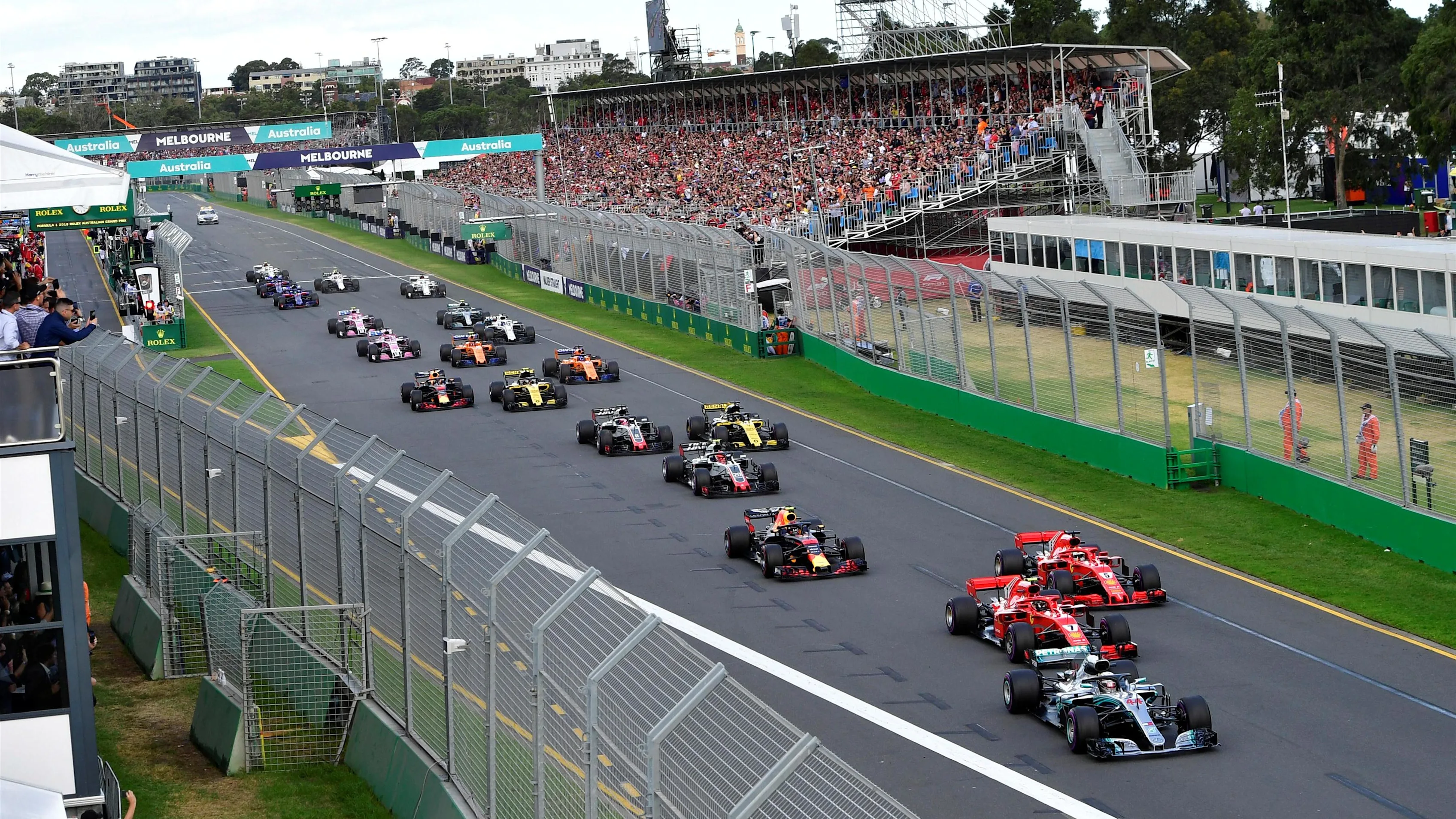Next year’s 21-race Formula 1 calendar, along with a handful of 2019 rule changes, have been signed off by F1’s governing body, the FIA, following a meeting of its World Motor Sport Council (WMSC) on Friday.
For the third time in history, the world championship will be contested over a record 21 Grands Prix, equalling the total held in 2016 and 2018. Eleven of the 21 will take place in Europe, five in Asia, four in the Americas and one in Australia.
The 2019 season will begin on March 17th in Australia and finish on December 1 in Abu Dhabi. In between those – in China on April 14th – Formula 1 will celebrate the 1000th Grand Prix since its inception in 1950.
| Date | Grand Prix | Venue |
|---|---|---|
| 17th March | Australia | Melbourne |
| 31st March | Bahrain | Sakhir |
| 14th April | China | Shanghai |
| 28th April | Azerbaijan | Baku |
| 12th May | Spain | Barcelona |
| 26th May | Monaco | Monaco |
| 9th June | Canada | Montreal |
| 23rd June | France | Le Castellet |
| 30th June | Austria | Spielberg |
| 14th July | Great Britain | Silverstone |
| 28th July | Germany | Hockenheim |
| 4th August | Hungary | Budapest |
| 1st September | Belgium | Spa |
| 8th September | Italy | Monza |
| 22nd September | Singapore | Singapore |
| 29th September | Russia | Sochi |
| 13th October | Japan | Suzuka |
| 27th October | Mexico | Mexico City |
| 3rd November | USA | Austin* |
| 17th November | Brazil | Sao Paulo |
| 1st December | Abu Dhabi | Yas Marina |
* Subject to ASN approval
To view complete details of the 2019 Formula 1 schedule, click here.
New rules for ’19 and beyond
The WMSC also approved a number of changes to the 2019 F1 Sporting Regulations including:
-
Changes to the Safety Car regulations to ensure there is a consistent point at which drivers may overtake when the Safety Car returns to the pits. This will now be the same in all three types of restart.
-
The teams will now be responsible for initial scrutineering of their cars. Before the cars go on track for the first time, teams must declare conformity with all safety related matters.
-
The official end-of-race signal will now be a chequered light panel, although the chequered flag will still be shown.
For 2020, the team personnel curfew – the amount of time for which all team personnel must be away from the track overnight – will increase from eight to nine hours.
And Formula 1 Strategy Group and Commission proposals concerning the 2019 Technical Regulations were agreed, including:
-
Changes to the mirror regulations and also associated rear wing changes (height) for rear view visibility and safety.
-
The on-board camera regulations will be modified to improve the TV spectacle.
-
Rear endplate lights are to be added for safety.
-
Minor modifications to the halo fairing are to be made for safety reasons during a potential driver extraction.
Full details will be made available on FIA.com
Finally, a report on the security procedures to be put in place for the 2018 Brazilian Grand Prix was presented to the Council, following meetings between the FIA, Formula 1 and the local authorities.
Next Up
Related Articles
 WATCH: F1 Animated returns for a look back at 2025
WATCH: F1 Animated returns for a look back at 2025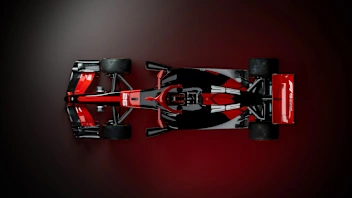 Everything you need to know about F1's new rules for 2026
Everything you need to know about F1's new rules for 2026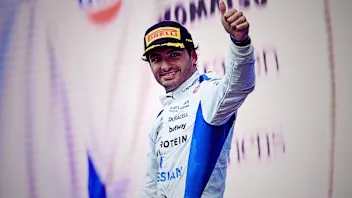 ExclusiveWhy Sainz feels ‘vindicated’ after his first Williams year
ExclusiveWhy Sainz feels ‘vindicated’ after his first Williams year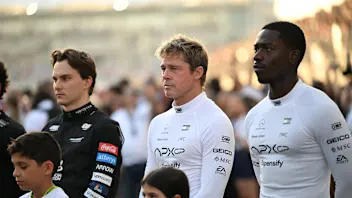 ExclusiveHow APXGP was brought to life by costume designer Julian Day
ExclusiveHow APXGP was brought to life by costume designer Julian Day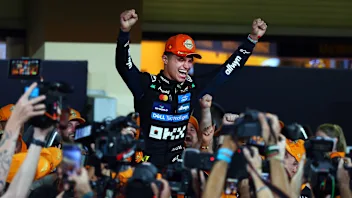 UnlockedQUIZ: 10 questions on the new World Champion Lando Norris
UnlockedQUIZ: 10 questions on the new World Champion Lando Norris ExclusiveHow Norris made his school teachers ‘enormously proud’
ExclusiveHow Norris made his school teachers ‘enormously proud’
